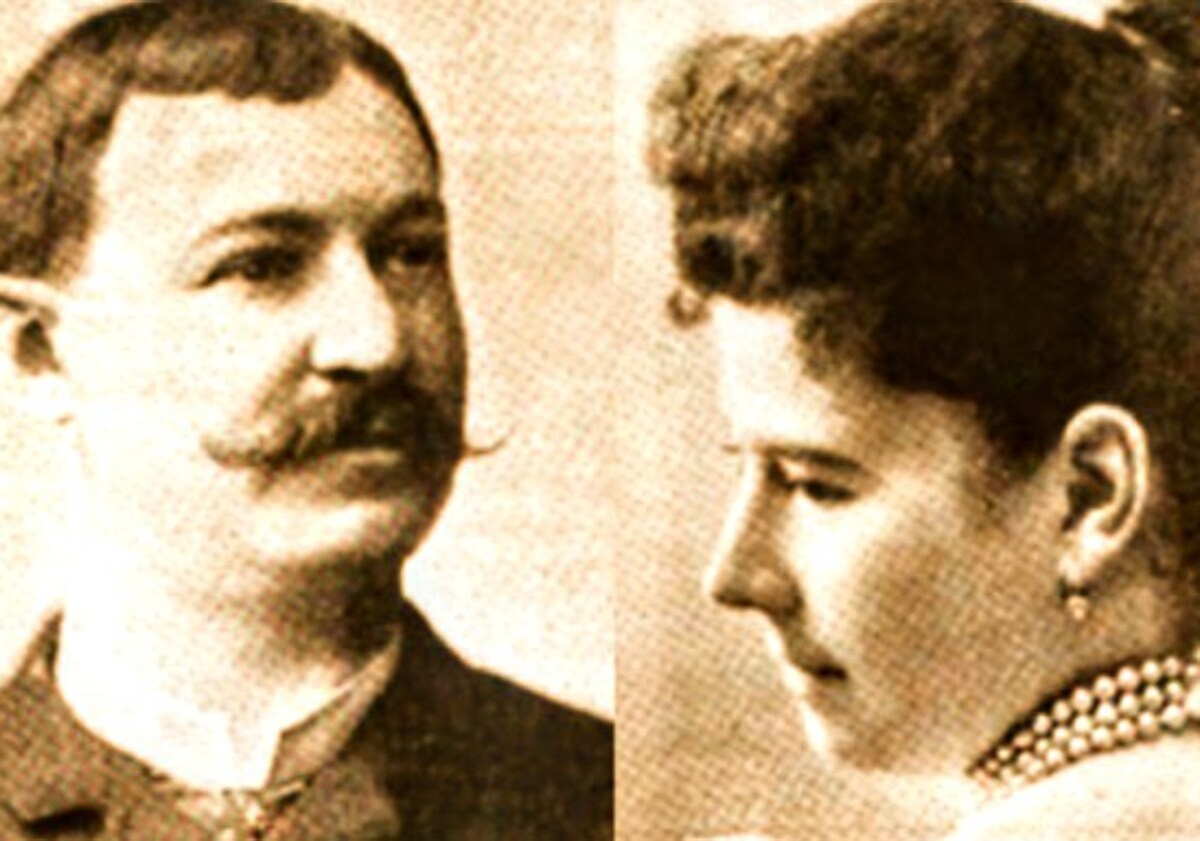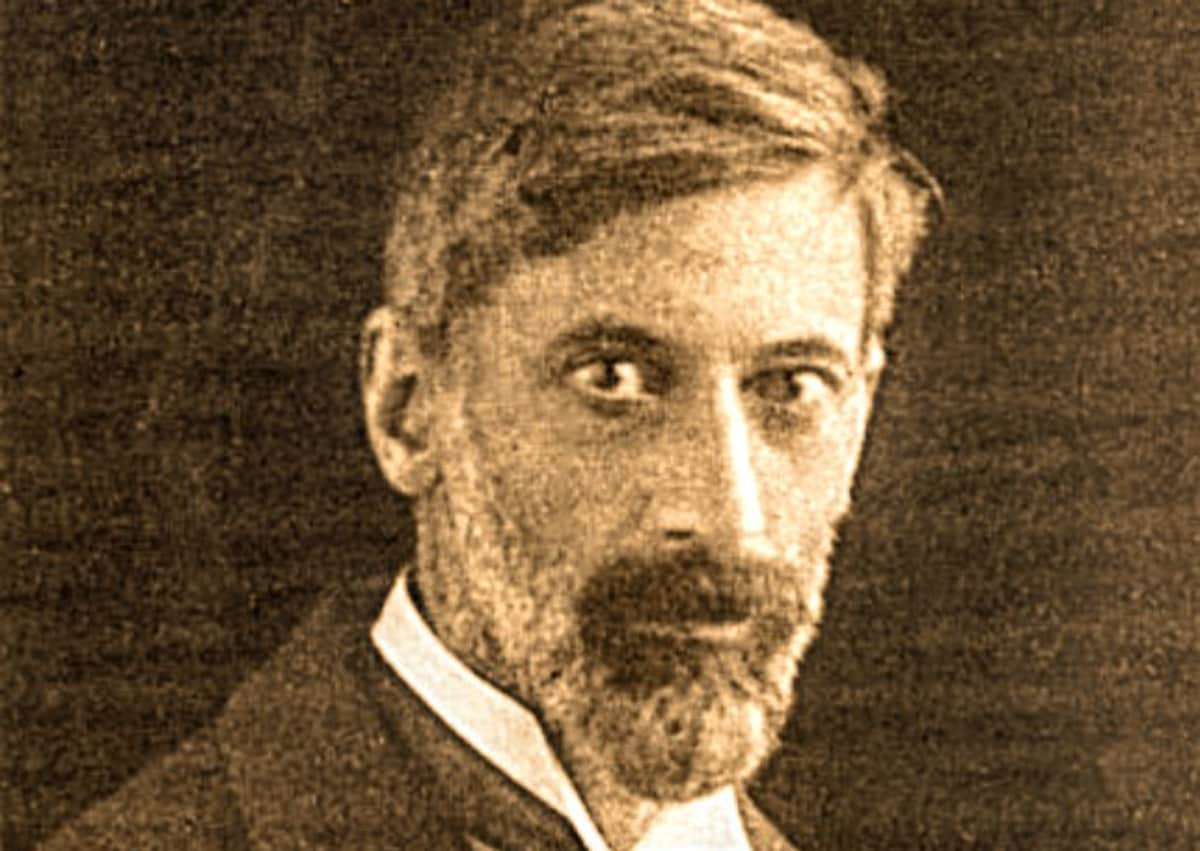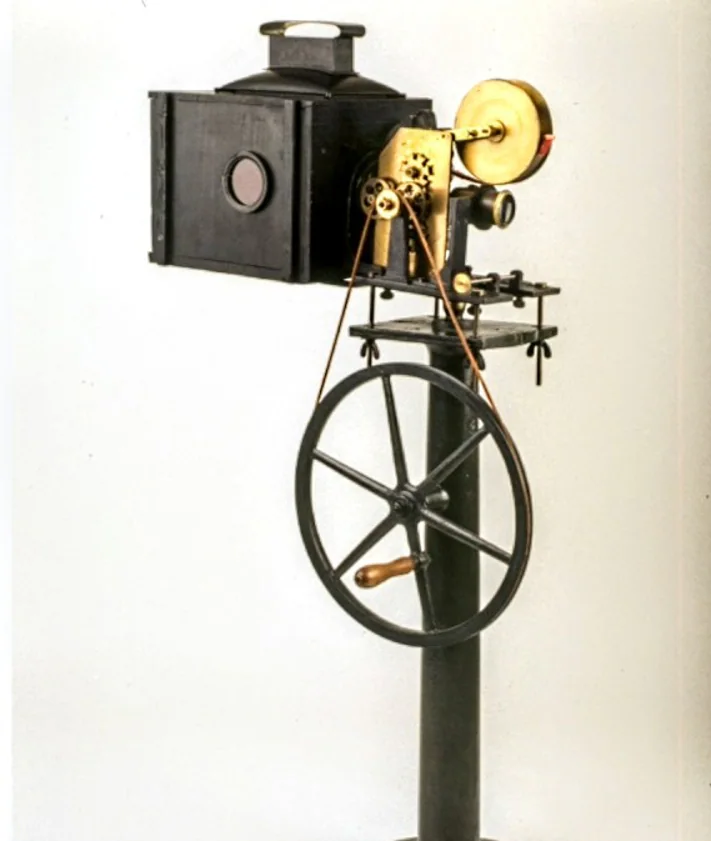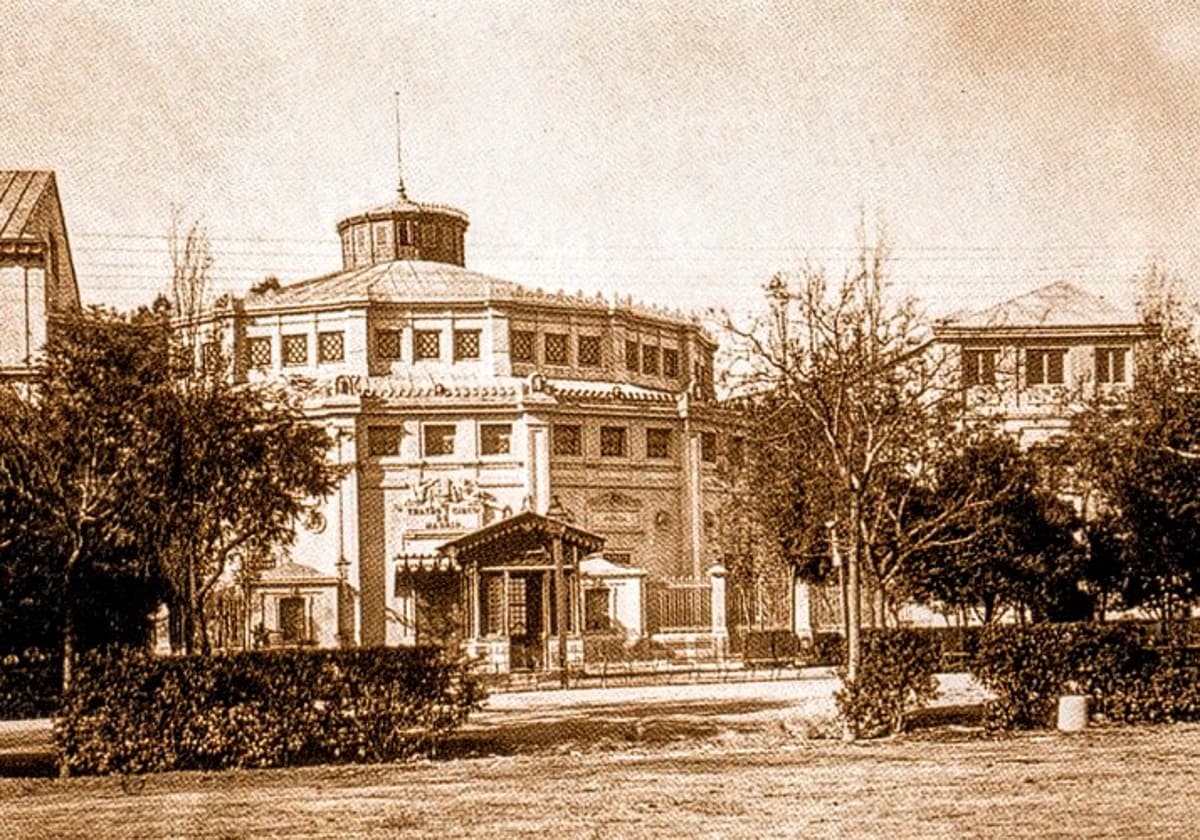From invention to circus: how the British helped Spain's film industry
The city of Malaga is currently the global hub of Spanish-language cinema thanks to its annual film festival, but when were the first moving pictures shown in Spain, and who by?
Alekk M. Saanders
Tuesday, 5 March 2024, 10:51
The first film in Spain was shown in May 1896. An English-owned circus in Madrid was the venue where a Spanish audience was able to watch a moving picture for the first time through the theatrograph, a projector invented by English scientist, pioneer of cinema and creator of scientific instruments Robert William Paul.
An electric and musical show
The theatrograph was brought to Spain by Edwin Rousby, who was born Sandor Rosner in Budapest in 1856. When Sandor was 21 years old, he travelled to the United States, where his brothers had already emigrated.
The brothers began performing in San Francisco under the name "Rosner's Hungarian Electric Orchestra". Their show was a mixture of music and scale models, using electricity, including light, to give the impression of motion. Sandor played an electric organ. However, in 1887, due to disagreements between the Rosner brothers, the orchestra broke up. Sandor and his wife, Lillie Varda Rosner (who also performed with the organ and electric effects), first moved to New York and left America for Europe in 1888, changing their names to Edwin Rousby and Maud Irving.



In Paris, they performed at The Folies Bergère, a cabaret music hall known for its light entertainment including operettas, comic opera, popular songs and gymnastics. An illuminated 3D scale model of the Eiffel Tower complemented Edwin Rousby's electric organ.
The couple later began touring Europe and the UK with the electric organ and lighting effects. While in England in 1895, they saw a theatrograph (also known as an animatograph) invented by Robert William Paul, and in early 1896 bought one intending to open a new business in Spain.
From England to Spain
In spring 1896, Edwin Rousby and Maud Irving travelled with the theatrograph to Madrid. In the Spanish capital, they performed at The Circo Price (El Price), at that time also known as Circo Parish. This permanent circus hall and theatre had been founded in 1853 by the Irish equestrian Thomas Price, but was taken over by William Parish, an English circus impresario, in the 1880s.
On 11 May 1896, Edwin Rousby presented his mechanical device for recording and projecting film at Circo Parish. He thus became the first public demonstrator of animated photography in Spain, beating the envoy of the French Lumière brothers by only a couple of days.
Rousby's show is considered the first public demonstration of animated photography in Spain, beating the French Lumière envoy by only a couple of days
In the Spanish capital, Edwin Rousby added sound effects to some of the first screenings, which most likely took place with the theatrograph projected from behind a screen. (However, there is a theory that Rousby used a variant of the kinescope, an Edison invention that allowed one person looking into the machine to see moving images.) It is believed that during his successful four-week stay in Madrid, Rousby offered new films every week, some of which were in colour. They later travelled to Portugal on their revolutionary tour.
After successful cinema projects in Spain and Portugal, Rousby and Irving returned to Britain and gave up the theatrograph shows for the rest of their professional careers. Over the next few years they developed two different types of shows that successfully combined electricity and light effects to create the impression of motion, and toured Europe, Australia, and the United States. Edwin Rousby died in London in 1927.
And the Frenchmen too
However, it was the French who popularised early cinema in Spain. The operators of the Lumière Brothers, Jean Busseret and Alexandre Promio, brought the cinematograph to Spain in May 1896 to present the invention. They rented the ground-floor dining room from what was then the Hotel Rusia on Carrera de San Jerónimo in Madrid. For the novel cinematograph spectacle, the entire room was dressed in black, changing the wallpaper and the curtains on the windows. A large white screen at the back of the room would be used to project ten films of approximately twenty minutes.
On 13 May 1896, the doors of this first 'cinema' were open for the press and select guests of Madrid society including the royal family. The following day the public screenings began at Hotel Rusia – three times a day for one peseta.
After Madrid, cinema arrived in Barcelona, Zaragoza, Cadiz, San Sebastián, Santander, Bilbao, Alicante, Gijón, Murcia and Avilés, between May and August 1896. The projector was not always the same - either Robert W. Paul's theatrograph and George William de Bedts's kinetograph or Joseph Rous's motograph and the Lumière's cinematograph. In any way, the impact was similar: general astonishment, euphorically expressed by Spanish people.
